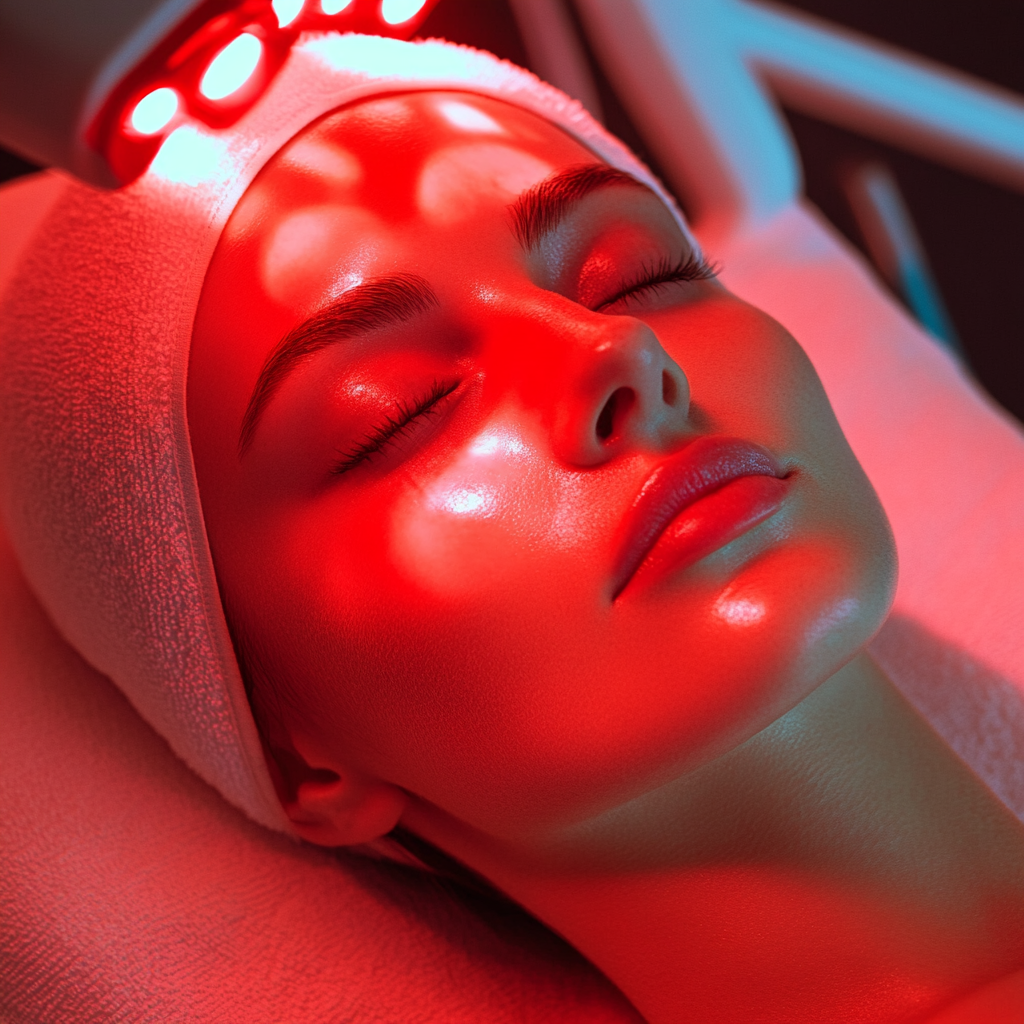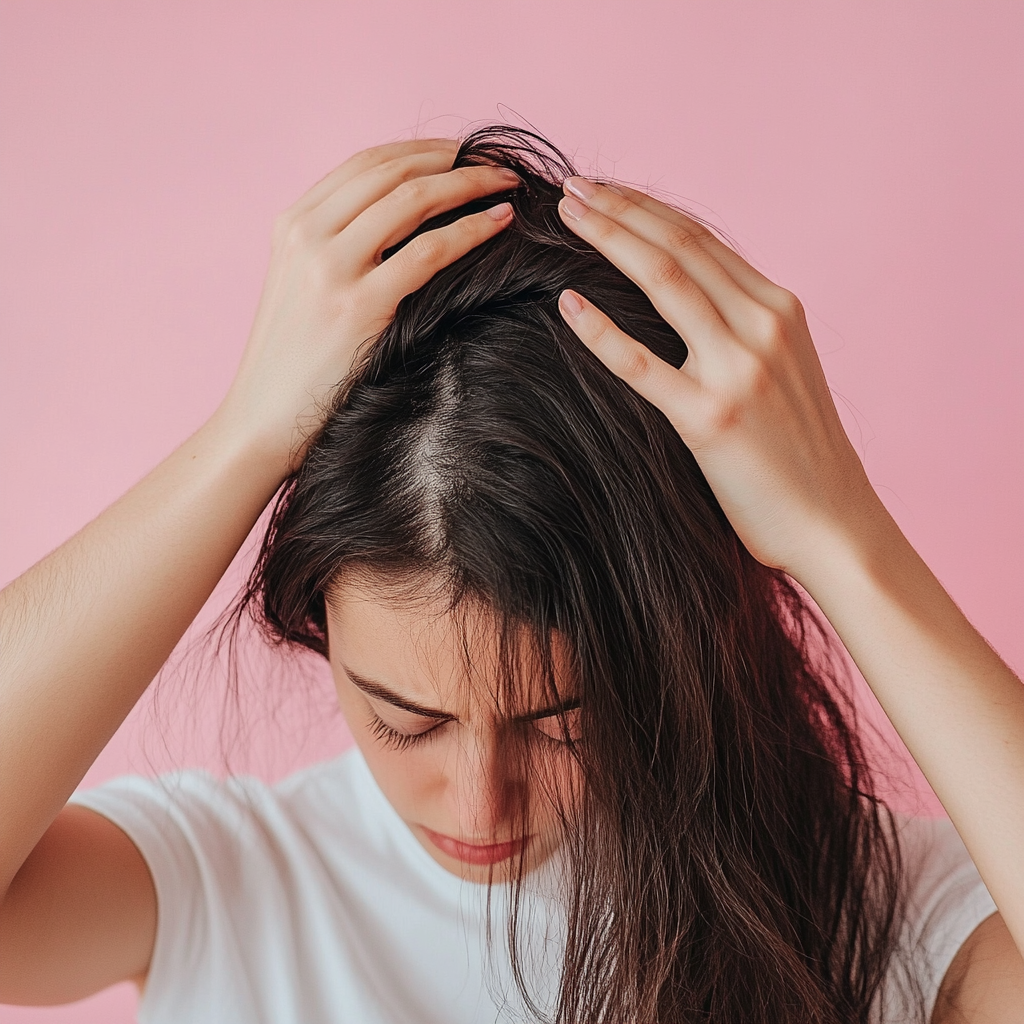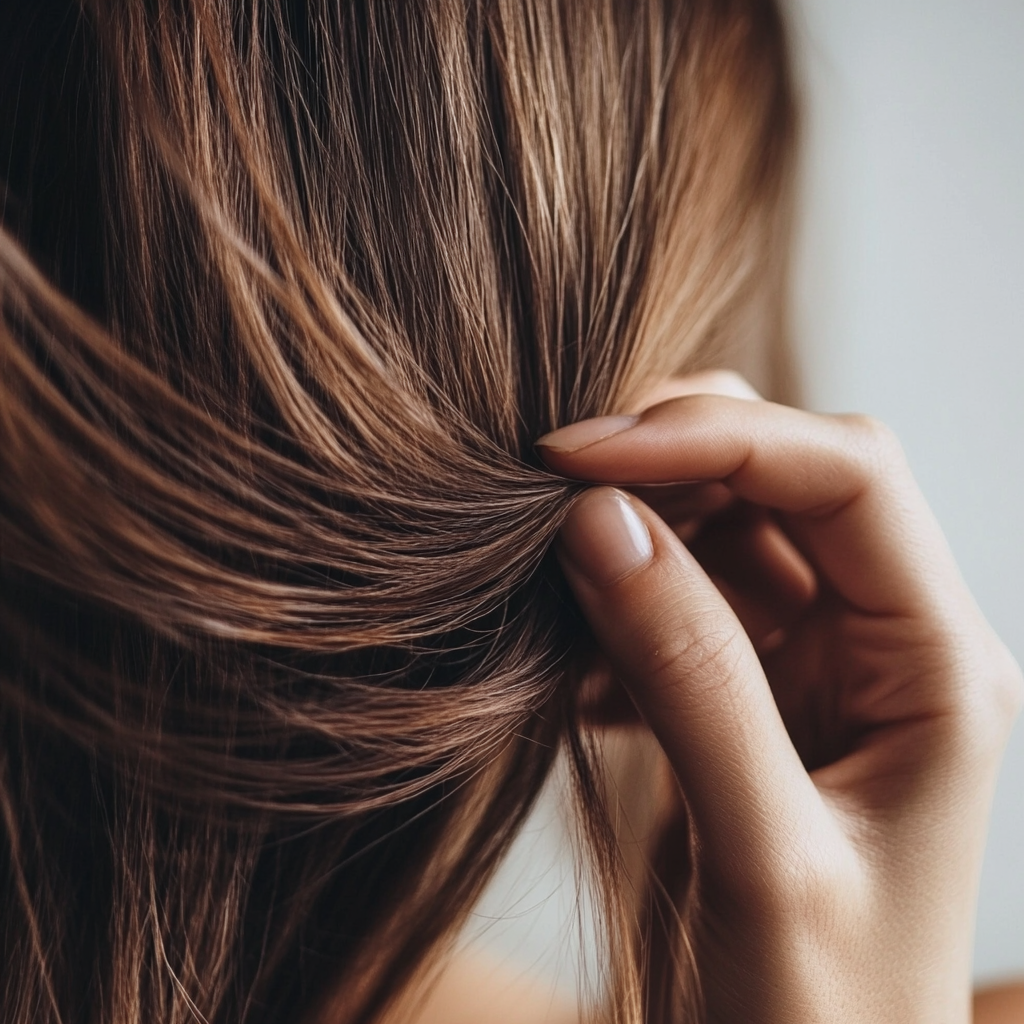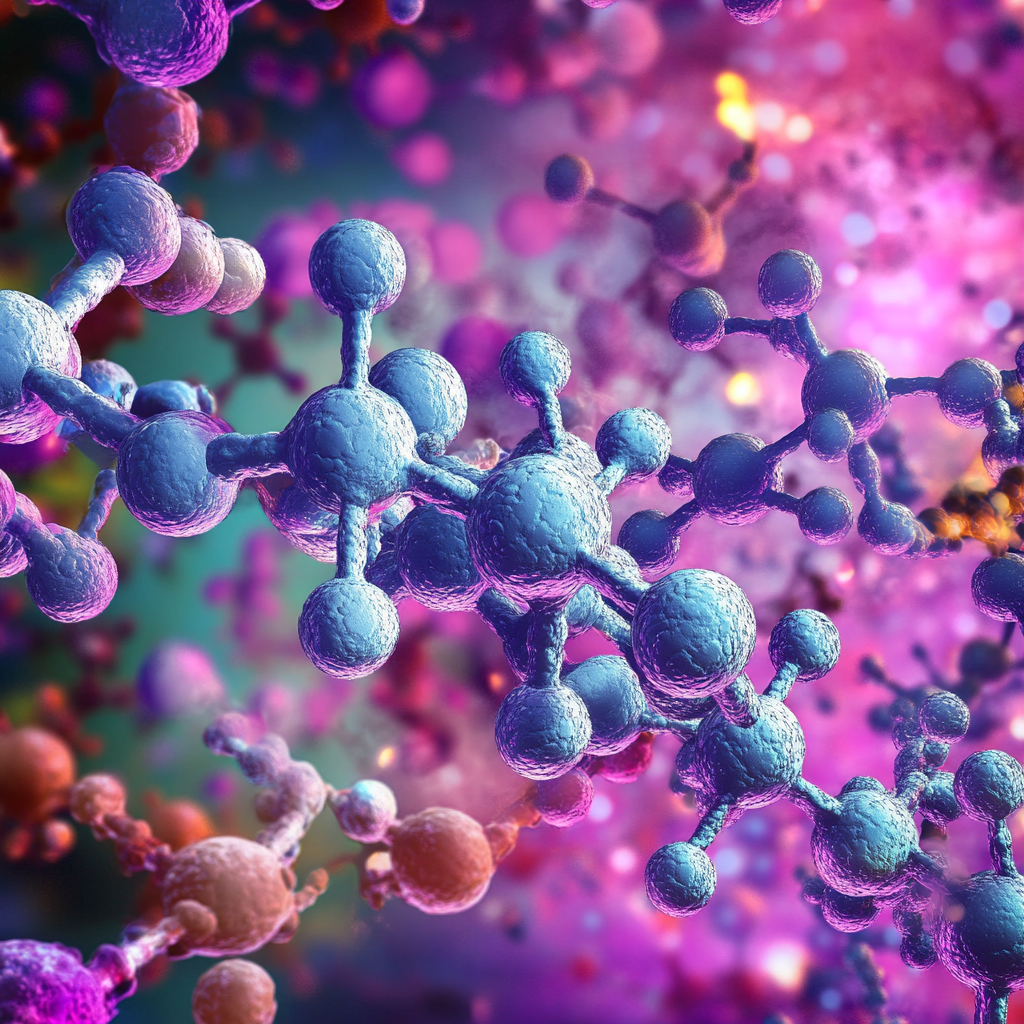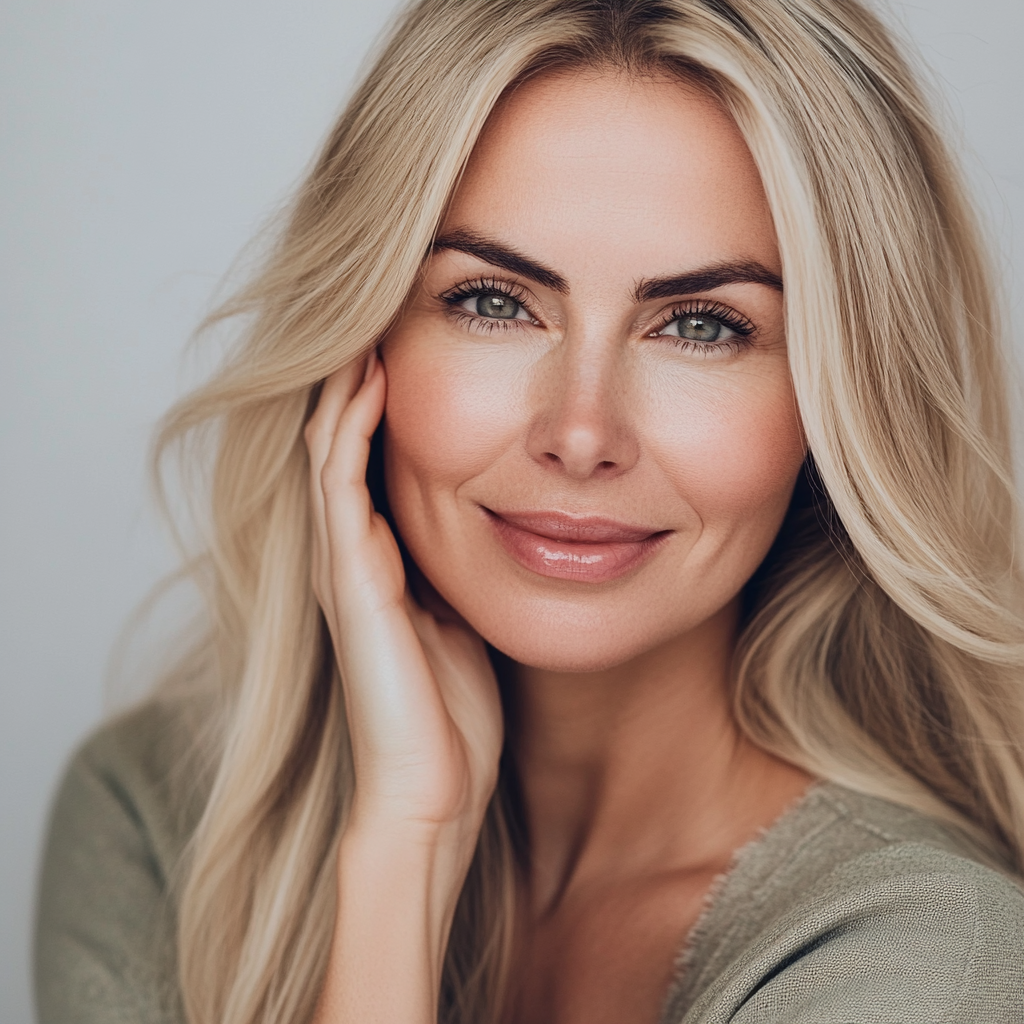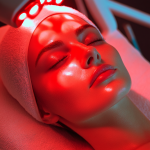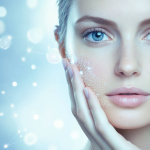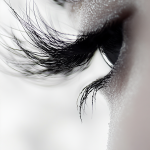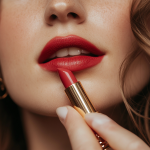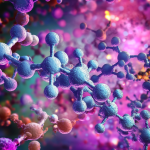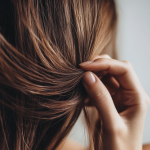Now Reading: Postpartum Hair Loss: Why It Happens and How to Regrow Your Hair Faster
-
01
Postpartum Hair Loss: Why It Happens and How to Regrow Your Hair Faster
Postpartum Hair Loss: Why It Happens and How to Regrow Your Hair Faster
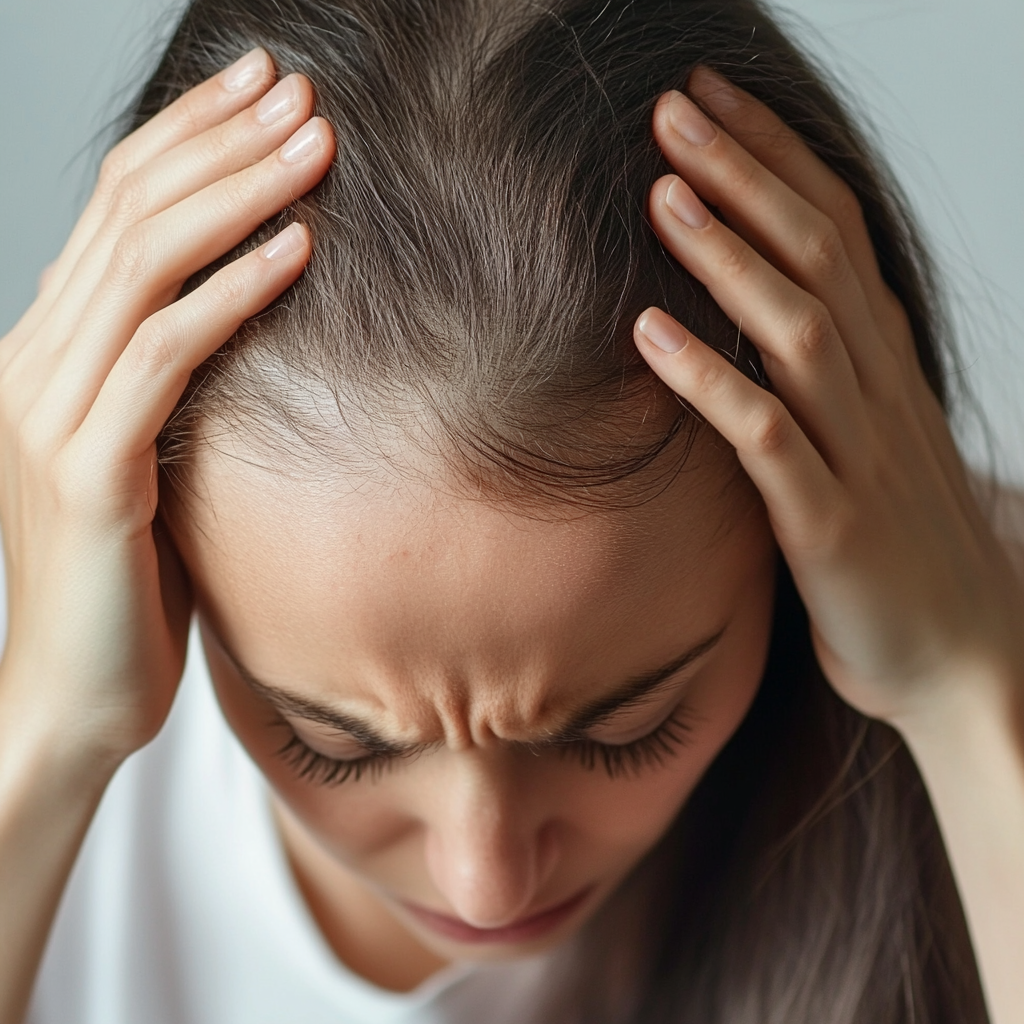
Introduction
Postpartum hair loss, also known as telogen effluvium, is a common yet distressing experience for many new mothers. After months of enjoying thicker, fuller hair during pregnancy, many women experience shedding, thinning, and changes in hair texture after giving birth. This article explores the science behind postpartum hair loss, what causes it, and the most effective ways to regrow hair faster and restore volume.
Why Does Postpartum Hair Loss Happen?
Hair grows in cycles, consisting of three main phases:
- Anagen (growth phase) – Hair actively grows for 3–7 years.
- Catagen (transition phase) – Hair follicles shrink and stop producing new strands.
- Telogen (resting & shedding phase) – Old hairs shed to make room for new growth.
The Role of Pregnancy Hormones
During pregnancy, high oestrogen levels keep hair in the anagen (growth) phase for longer, leading to thicker, healthier hair. However, after giving birth:
✅ Oestrogen levels drop sharply, causing many hair follicles to enter the telogen phase at once.
✅ This leads to excessive shedding, often peaking 3–4 months postpartum.
✅ Other factors like stress, lack of sleep, and nutritional deficiencies can worsen hair loss.
How Long Does Postpartum Hair Loss Last?
For most women, postpartum shedding is temporary and hair regrowth begins within 6–12 months. However, factors like hormonal imbalances, iron deficiency, or underlying conditions can prolong hair loss.
📌 When to Seek Help: If hair loss persists beyond 12 months or leads to visible thinning, consult a specialist to rule out underlying conditions like thyroid dysfunction or chronic telogen effluvium.
How to Regrow Your Hair Faster
1. Nourish Your Body with the Right Nutrients
Hair follicles need essential vitamins and minerals to support regrowth. The best postpartum hair growth supplements include:
✅ Iron & Ferritin – Low iron levels contribute to increased shedding.
✅ Vitamin D – Plays a crucial role in hair follicle cycling.
✅ Collagen & Protein – Hair is made of protein, so adequate intake is essential.
✅ Omega-3 Fatty Acids – Reduce scalp inflammation and improve follicle health.
2. Use Gentle, Strengthening Hair Products
Postpartum hair is often more fragile and prone to breakage. Avoid harsh chemicals and opt for strengthening, sulfate-free shampoos and conditioners that promote scalp health.
🔹 Best Ingredients for Hair Regrowth:
- Caffeine – Stimulates blood circulation to the scalp.
- Peptides & Keratin – Strengthen hair fibers and prevent breakage.
- Niacinamide – Supports scalp health and reduces inflammation.
- Minoxidil (if prescribed) – Clinically proven to reactivate dormant hair follicles.
3. Reduce Stress & Improve Sleep
Cortisol (the stress hormone) can worsen hair shedding. Managing stress with sleep optimisation, relaxation techniques, and proper self-care can help support hair regrowth.
🔹 Effective Stress-Reduction Tips:
✅ Try meditation, yoga, or deep breathing.
✅ Establish a consistent sleep routine to support hormonal balance.
✅ Get scalp massages to improve circulation and follicle health.
4. Support Scalp Circulation & Follicle Activation
Scalp health plays a vital role in hair regrowth speed and thickness. Boost circulation with:
✅ Microneedling (Dermarolling) – Enhances growth factor absorption.
✅ Rosemary Oil & Peppermint Oil – Natural DHT blockers and stimulants.
✅ Scalp Massages – Stimulates blood flow to hair follicles.
✅ Low-Level Laser Therapy (LLLT) – Clinically proven to reactivate dormant follicles.
Can You Prevent Postpartum Hair Loss?
While postpartum hair shedding is a natural process, you can minimise its severity with:
✔ Prenatal & Postnatal Vitamins – Continue supplements to support hair recovery.
✔ Scalp Care Routine – Use growth-promoting serums and gentle cleansing techniques.
✔ Balanced Diet – Ensure adequate protein, iron, and healthy fats.
✔ Avoid Tight Hairstyles – Reduce stress on hair follicles by avoiding tight ponytails & excessive heat styling.












